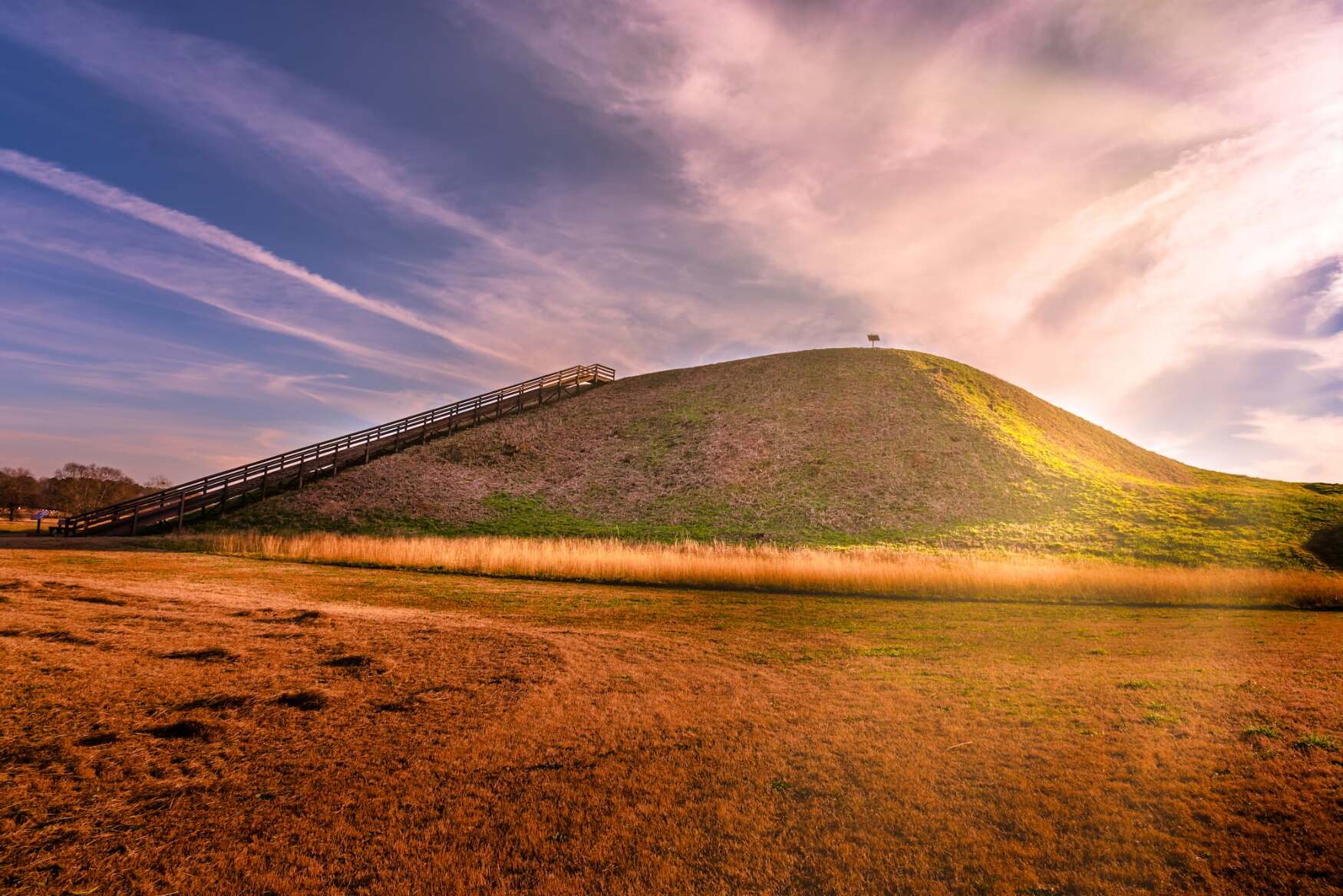Ancient Mysteries Of Etowah Indian Mounds

Have you ever wondered about the ancient civilizations that once thrived in North America? Etowah Indian Mounds in Georgia offers a glimpse into the lives of the Mississippian people who lived there from 1000 to 1550 AD. These mounds, built by hand, served as platforms for temples, homes for chiefs, and burial sites. Walking through this historic site, you can almost hear the echoes of the past. The museum on-site displays artifacts like pottery, tools, and jewelry, providing a deeper understanding of this ancient culture. Whether you're a history buff or just curious, Etowah Indian Mounds is a fascinating place to visit.
Ancient Mysteries of Etowah Indian Mounds
The Etowah Indian Mounds in Georgia hold secrets of a civilization long gone. These mounds, built by the Mississippian culture, offer a glimpse into the past. Let's uncover the ancient mysteries hidden within these historic sites.
The Great Temple Mound
The Great Temple Mound stands as the largest and most impressive structure at Etowah. This mound served as a ceremonial and political center for the Mississippian people.
- Height and Structure: Rising nearly 63 feet, this mound showcases the architectural prowess of its builders. Layers of earth were meticulously placed to create this towering structure.
- Ceremonial Significance: The top of the mound likely hosted important ceremonies and gatherings. Chiefs and priests would have conducted rituals here, connecting the people to their spiritual beliefs.
- Artifacts Found: Excavations have revealed numerous artifacts, including pottery, tools, and ornaments. These items provide insight into the daily lives and culture of the mound's inhabitants.
The Burial Mounds
Burial mounds at Etowah offer a somber yet fascinating look into the burial practices of the Mississippian culture. These mounds contain the remains of individuals, along with grave goods that tell their stories.
- Mound C: This burial mound contains the remains of high-status individuals. Elaborate grave goods, such as copper plates and shell beads, indicate the importance of those buried here.
- Mound B: Another significant burial site, Mound B, holds the remains of warriors and other notable figures. Weapons and tools found here suggest these individuals played crucial roles in their society.
- Grave Goods: The variety of items buried with the deceased, including pottery, jewelry, and tools, provides a glimpse into their beliefs about the afterlife and the importance of honoring the dead.
The Plaza
The central plaza at Etowah served as a hub of activity for the Mississippian people. This open space was used for various purposes, from social gatherings to trade.
- Community Gatherings: The plaza was a place where people came together for festivals, games, and other communal activities. It fostered a sense of unity and shared culture.
- Trade and Commerce: Artifacts found in the plaza suggest it was a bustling center of trade. Items from distant regions indicate that the Etowah people engaged in extensive trade networks.
- Public Ceremonies: Important public ceremonies and events likely took place in the plaza. These gatherings reinforced social hierarchies and cultural traditions.
The Defensive Moat
Surrounding the Etowah site is a defensive moat, a testament to the strategic thinking of its builders. This feature highlights the importance of protection and defense in Mississippian society.
- Construction: The moat was carefully constructed to provide a barrier against potential invaders. Its design reflects the engineering skills of the Mississippian people.
- Purpose: Beyond defense, the moat may have also served as a symbolic boundary, delineating the sacred space of the mounds from the outside world.
- Archaeological Findings: Excavations around the moat have uncovered tools and other items, suggesting it was an active part of the community's daily life.
The River Connection
The Etowah River played a crucial role in the lives of the Mississippian people. Its proximity to the mounds provided resources and facilitated trade.
- Resource Access: The river offered a steady supply of water, fish, and other resources essential for the community's survival.
- Transportation: Canoes and other watercraft enabled the Etowah people to travel and trade with distant communities. The river served as a vital transportation route.
- Cultural Significance: The river likely held spiritual significance, featuring prominently in the myths and rituals of the Mississippian culture.
Final Thoughts on Etowah Indian Mounds
Etowah Indian Mounds offers a unique glimpse into ancient Native American culture. This historic site in Georgia showcases impressive earthworks, artifacts, and a rich history that dates back over a thousand years. Visitors can explore the mounds, learn about the daily lives of the Mississippian people, and appreciate the craftsmanship of their tools and pottery.
The museum on-site provides detailed exhibits and knowledgeable staff ready to answer questions. Walking trails around the mounds offer a peaceful way to connect with nature while reflecting on the past. Whether you're a history buff or just curious, Etowah Indian Mounds is a fascinating destination worth visiting.
Plan a trip to this remarkable site and step back in time. You'll leave with a deeper understanding of the people who once thrived in this region and the legacy they left behind.

